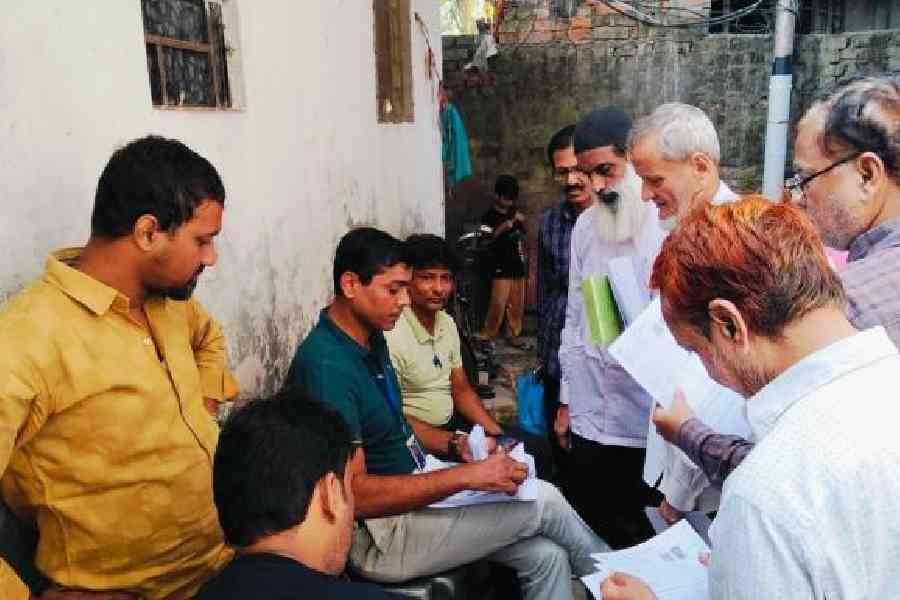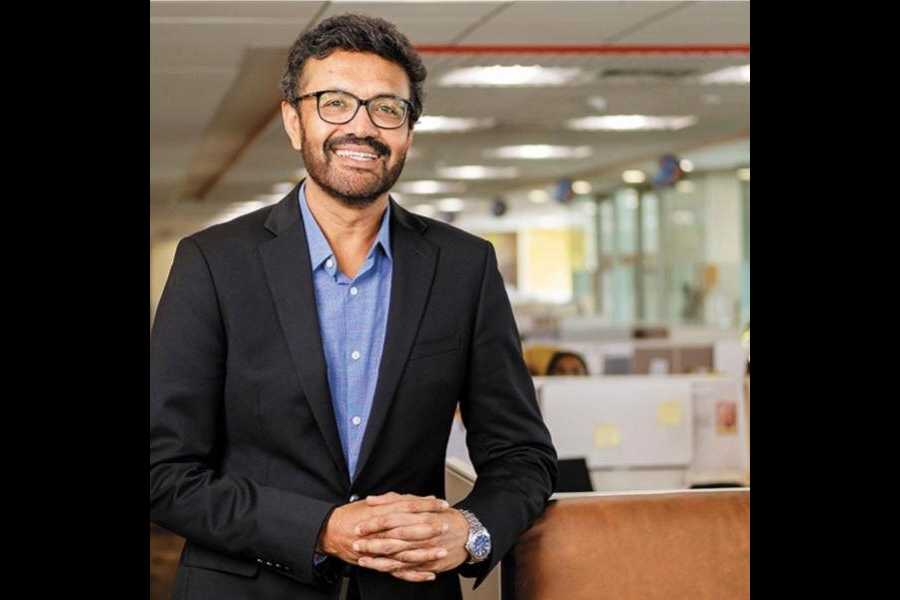If the Fast and Furious movies are about anything — besides cars, of course — it’s family. Not biological kinship, as Dom Toretto (Vin Diesel), the franchise’s patriarch, older brother, wise uncle and ideal husband, never tires of reminding his crew, but the deep ride-or-die bonds of loyalty and solidarity.
That’s the sentimental core of the series, and F9, the latest chapter (named after everyone’s favourite laptop key), leans into it so hard you may wish you had a chart to remind you who is who and how they’re all connected. A lot of familiar faces show up — Michelle Rodriguez, Tyrese Gibson and Chris “Ludacris” Bridges, of course — along with a few that fans might not expect to see. No spoilers here! There are also some notable absences, several out-of-the-blue cameos (is that you, Cardi B?) and new family members to get to know.
One of these is Dom’s brother, Jakob, played in early manhood by Finn Cole (alongside Vinnie Bennett as pre-Diesel Dom) and in macho middle age by John Cena. The two were estranged after a family tragedy, and more than 30 years later the embittered Jakob has become an international techno-villain employed by a sneering, megalomaniacal rich guy named Otto (Thue Ersted Rasmussen). Otto, whose father is the dictator of an unspecified Eastern European country, is eager to acquire a gizmo that will bring him world-dominating powers and paternal approval.
As was the case with the Avengers Infinity Stones and the Harry Potter horcruxes, the gadget needs to be assembled from far-flung parts: two miniature geodesic domes and a mysterious “key” to unlock their terrible power. Accordingly, much of F9 is a busy chase, with Dom and his pals pursuing the competition all over the world — Tbilisi, Cologne, London, Tokyo — and even into orbit. The engines whine, the tires squeal, and the laws of physics are flouted with an impunity that would make Chuck Jones proud.
The spirit of Wile E. Coyote hovers over the action, which splits the difference between preposterous and sublime. Giant magnets are deployed in mid-air and in city traffic. Vehicles skid, slam, swerve and fly. Flashbacks to Dom and Jakob’s early years wielding wrenches in their dad’s pit crew at a blue-collar California racetrack recall the origins of the Fast and Furious universe in a simpler style of action film-making.
The director Justin Lin, happily brandishing all the expensive digital tools at his disposal, makes F9 feel scrappy and baroque at the same time. The identity of the brand rests on twin foundations of silliness and sincerity, both of which are honoured here. Diesel, a rigorously humourless onscreen presence, plays Dom as the designated man of feeling, with a history of grief and sorrow resting on his ripped shoulders. Rodriguez’s Letty is his platonic partner in sorrow. Ludacris and Tyrese are the cartoonish court jesters, whose banter provides a running metacommentary on what the whole series means.
Not that it really needs explaining. F9 is only the second movie I’ve seen outside of my house since early 2020, and the first in a semi-full theatre. People clapped at the end of some of the over-the-top action sequences, laughed at the corny jokes and maybe felt something when Cena and Diesel worked out their sibling issues. I certainly did, and not entirely in spite of myself either. There are certainly better movies in the world, including better Fast and Furious movies, but this one is not a bad reminder of what movies are for.
The New York Times News Service











